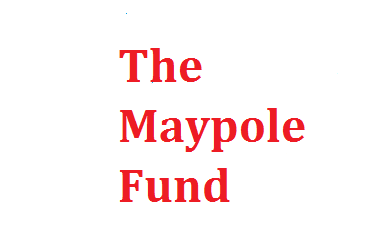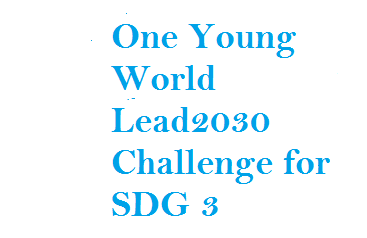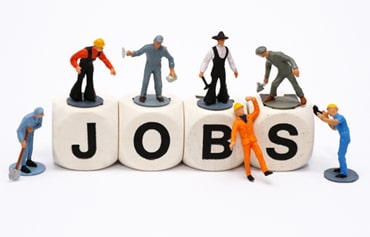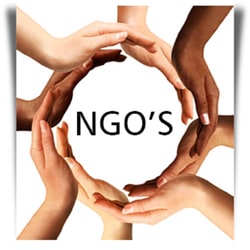- Six Reasons To Bring Millets To The Market!
- Hong Kong Court Makes Landmark Ruling Protecting Transgender Rights
- Substrate Promiscuity Of Fungi Generated Enzyme Laccase Shows Potential In Degrading Industrial Dye Effluents
- Union Minister Of Rural Development Holds A Meeting On ‘Cactus Plantation And Its Economic Usage’
- Ministry Of Tribal Affairs Organised One Day Mega Health Camp ‘Abua Bugin Hodmo-Our Better Health’ At Saraikela Kharsawan, Jharkhand
- Blue Flag Standards For Beaches In The Country
- India-Namibia Sign An MoU On Wildlife Conservation And Sustainable Biodiversity Utilization
- Hydrophobic Ingredients, In Combination With Obsolete Antibiotics, Can Counter Multidrug-Resistant Bacteria
- Promoting Cultivation Of Kala Namak Paddy
World Braille Day
Posted by: 2022-01-04 00:59:32 , By Admin
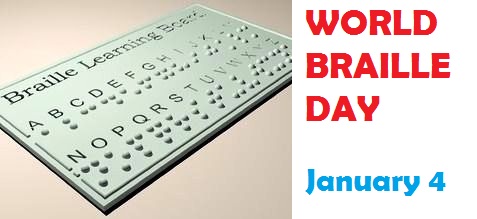 Background
Background
Eye conditions are remarkably common. The World Health Organization estimates that globally, at least 1 billion people have a near or distance vision impairment that could have been prevented or has yet to be addressed.
Persons with vision impairment are more likely than those without to experience higher rates of poverty and disadvantage. Not meeting their needs, or fulfilling their rights, has wide-reaching consequences: vision loss often represents a lifetime of inequality, poorer health, and barriers to education and employment.
The Convention on the Rights of Persons with Disabilities, adopted in 2006, has advanced the rights and well-being of persons with disabilities. The Convention considers Braille essential for education, freedom of expression and opinion, access to information and social inclusion. The 2030 Agenda for Sustainable Development, adopted in 2015, further pledges that no one will be left behind in the aim to ensure that all human beings can enjoy prosperous and fulfilling lives.
In November 2018 (Resolution A/RES/73/161), the General Assembly decided to proclaim 4 January as World Braille Day, recognizing that the full realization of human rights and fundamental freedoms relies on an inclusive written promotion.
What is Braille?
Braille is a tactile representation of alphabetic and numerical symbols using six dots to represent each letter and number, and even musical, mathematical and scientific symbols. Braille (named after its inventor in 19th century France, Louis Braille) is used by blind and partially sighted people to read the same books and periodicals as those printed in a visual font.
Braille is essential in the context of education, freedom of expression and opinion, as well as social inclusion, as reflected in article 2 of the Convention on the Rights of Persons with Disabilities.
COVID-19 and people with disabilities
Even under normal circumstances, persons with disabilities-one billion people worldwide- are less likely to access health care, education, employment and to participate in the community. They are more likely to live in poverty, experience higher rates of violence, neglect and abuse, and are among the most marginalized in any crisis-affected community.
For the visually impaired, life under lockdown has posed several issues in terms of independence and isolation, especially for people who rely on the use of touch to communicate their needs and access information. The pandemic has revealed how critically important it is to produce essential information in accessible formats, including in Braille and audible formats. Otherwise, many persons with disabilities could face a higher risk of contamination due to a lack of access of guidelines and precautions to protect and reduce the spreading of a pandemic. COVID-19 has also emphasized the need to intensify all activities related to digital accessibility to ensure digital inclusion of all people.
During the COVID-19 pandemic, many good practices have been implemented by parts of the United Nations system to promote a disability-inclusive response to the COVID-19 and disseminate information in Braille.
In Malawi, the United Nations Development Programme (UNDP) has produced 4,050 braille materials on awareness and prevention of COVID-19. In Ethiopia, the Office of the United Nations High Commissioner for Human Rights (OHCHR) disseminated audio information, and education and communication materials, to media professionals, and has developed Braille versions of the educational messages. UNICEF has produced guidance notes that are available in multiple languages and accessible formats (including Braille and 'easy-to-read'). 'COVID-19: Considerations for Children and Adults with Disabilities' addresses such issues as access to information; water, sanitation and hygiene; health care; education; child protection; and mental health and psycho-social support, as well as considerations for an inclusive workplace.
World Braille Day, celebrated since 2019, is observed to raise awareness of the importance of Braille as a means of communication in the full realization of the human rights for blind and partially sighted people.
You may like similar blogs
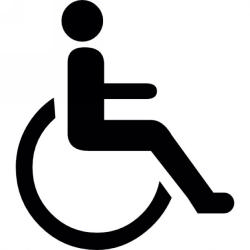
Enabling Specially-abled persons through Affirmative Action & Corporate Social Responsibility
Deadline: 0000-00-00 00:00:00
“When we promote rights and dignity of persons with disability, we are empowering individuals, str...
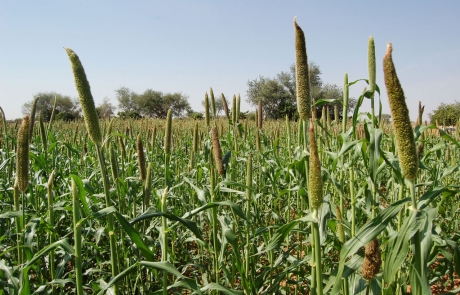
Six reasons to bring millets to the market!
Deadline: 2023-03-20 06:26:22
We may be small, but we are strong. We grow where others cannot. We nurture soils and ecosystems, an...
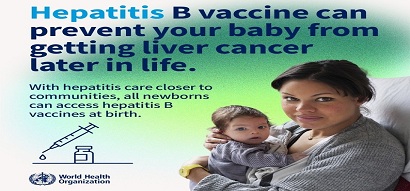
World Hepatitis Day
Deadline: 2022-07-28 07:43:43
World Hepatitis Day is observed each year on 28 July to raise awareness of viral hepatitis, whic...
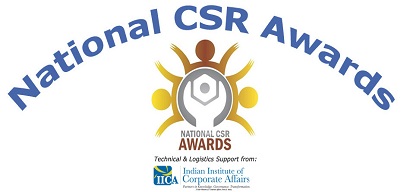
Scheme for National Corporate Social Responsibility (CSR) Awards, 2022
Deadline: 2022-07-20 05:29:49
National Corporate Social Responsibility Awards (NCSRA) – 2022
1.Objectives of National CSR ...
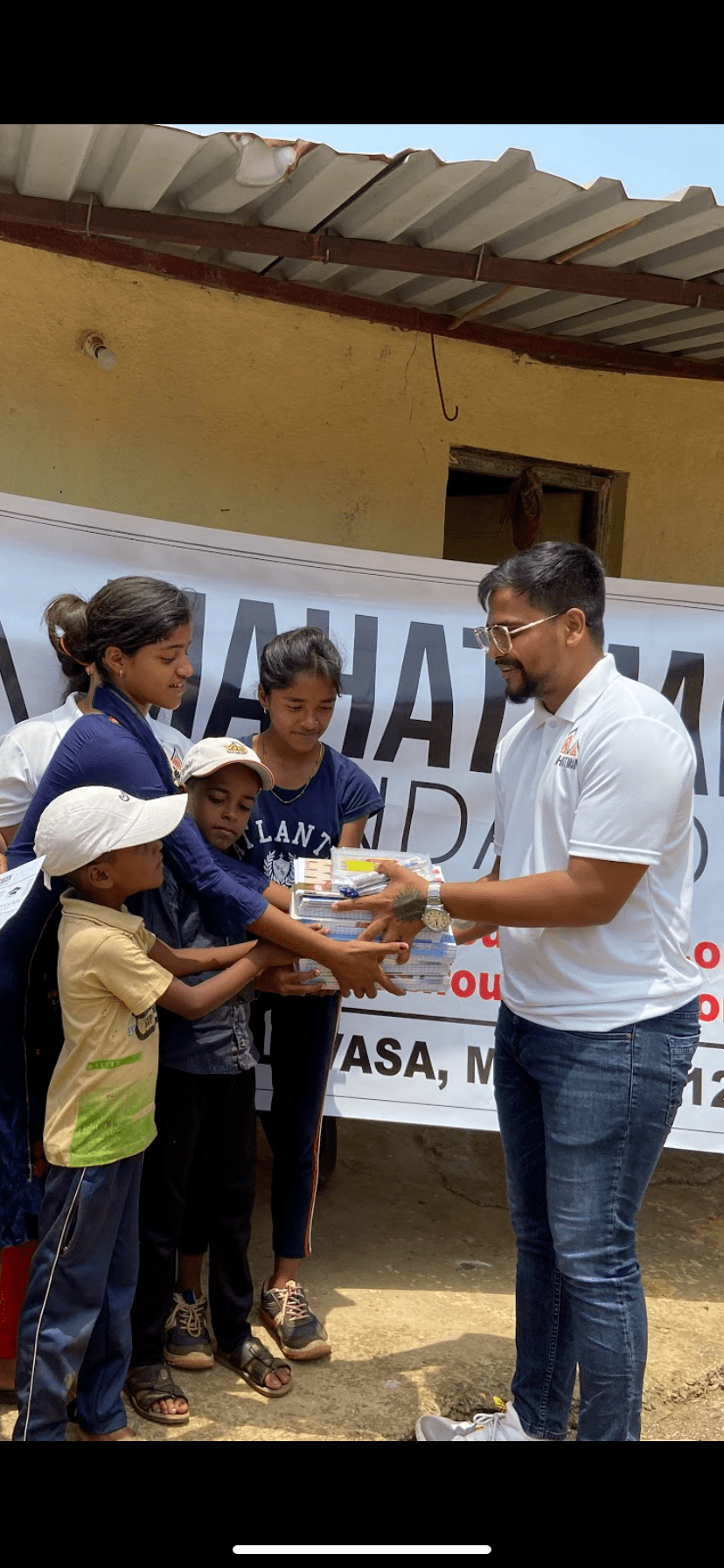
School kit distributed to students in six villages around Lavasa city by Mahatman Foundation
Deadline: 2022-07-08 10:27:29
Being away from the city population, villages on hills around lavasa city lack a quality education s...


